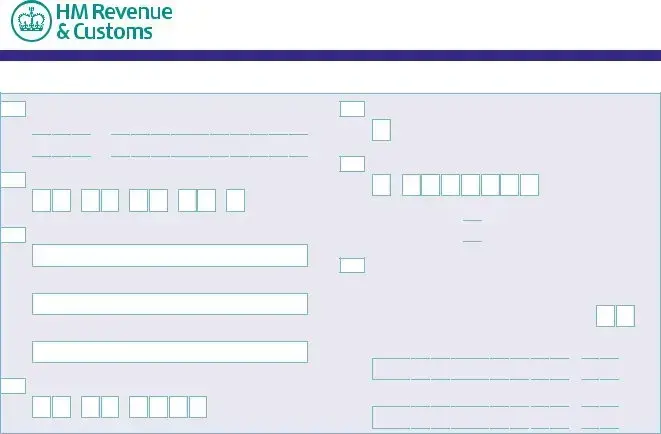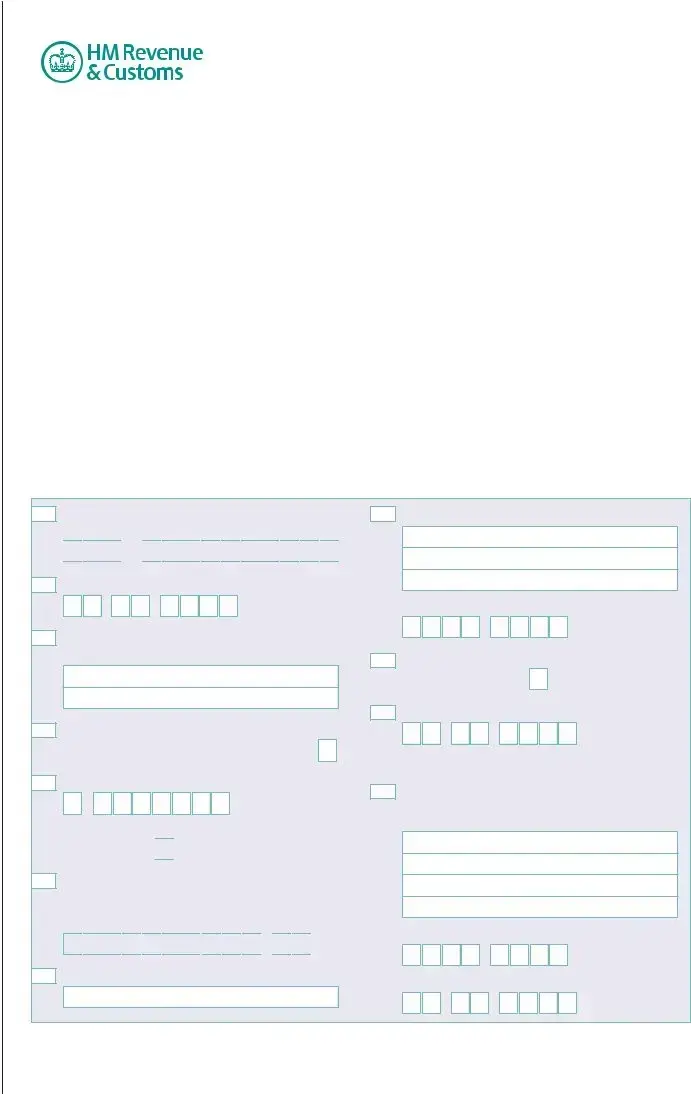The P45 form plays a crucial role in the employment landscape of the UK, particularly when it comes to managing tax and payroll for employees who are leaving a job. This form is divided into three parts, each serving distinct purposes for both the employer and the employee. Part 1 provides essential details to HM Revenue & Customs (HMRC) about the employee's departure, including their National Insurance number, tax code, and total pay and tax amounts to date. Employers must ensure that this part is completed accurately and submitted promptly to HMRC. Part 1A is intended for the employee, who should keep it safe for future reference, especially if they need to fill out a tax return. It contains similar information as Part 1, ensuring that the employee has a record of their earnings and tax contributions. Lastly, Part 2 is designed for the new employer, offering them the necessary details to correctly handle the new employee's tax situation. This part helps prevent issues like emergency tax codes, which can lead to overpayment of taxes. Understanding the P45 form is vital for both employees and employers, as it ensures a smooth transition during employment changes and helps maintain accurate tax records.









 /
/ 







































 •
• 





















 •
• 









 /
/ 







































 •
• 


